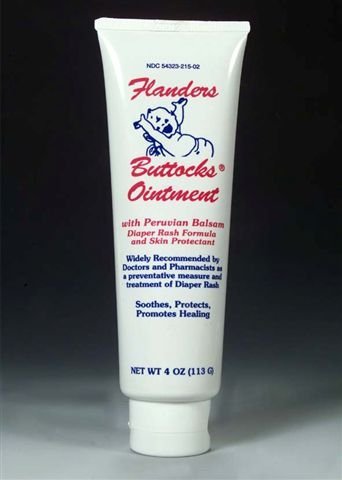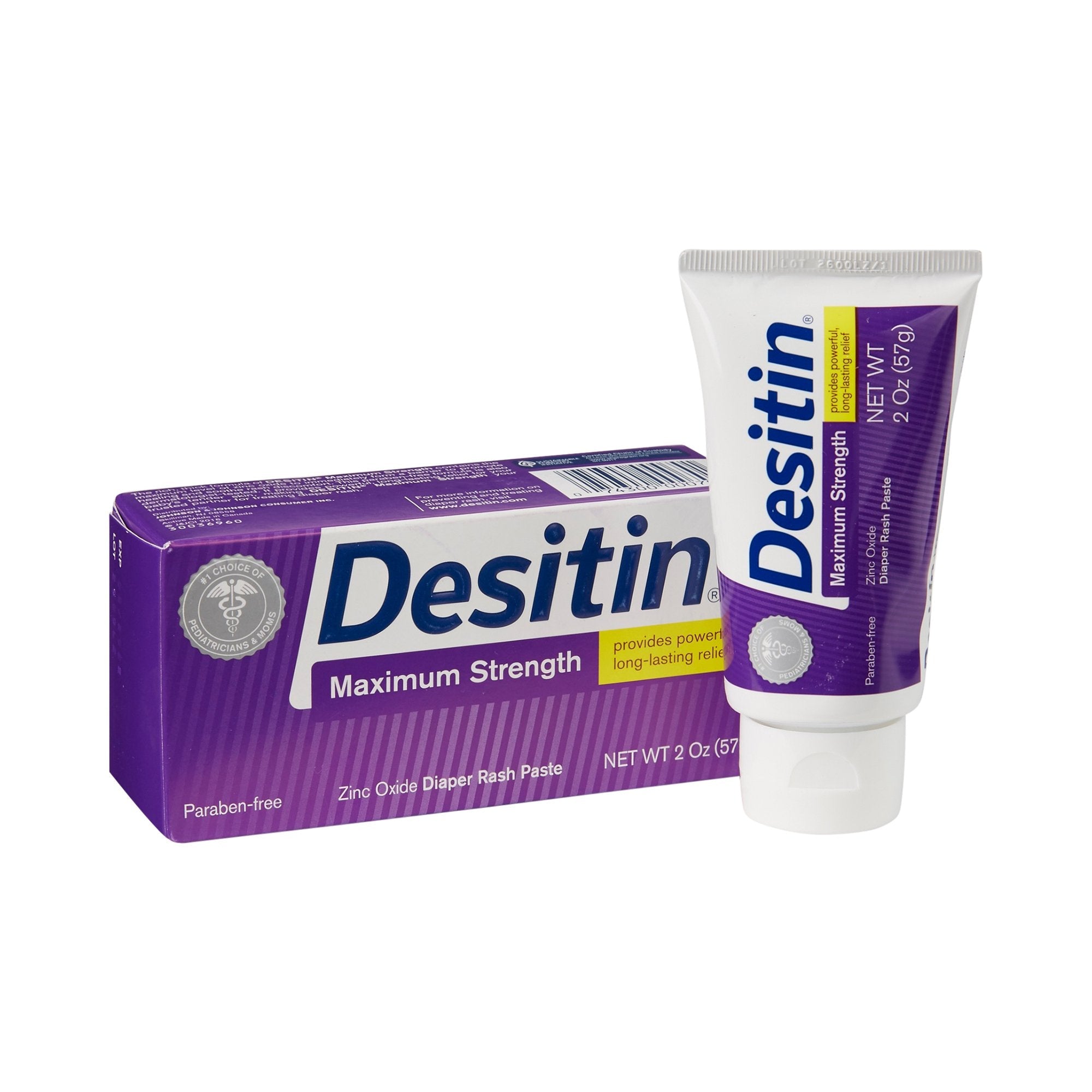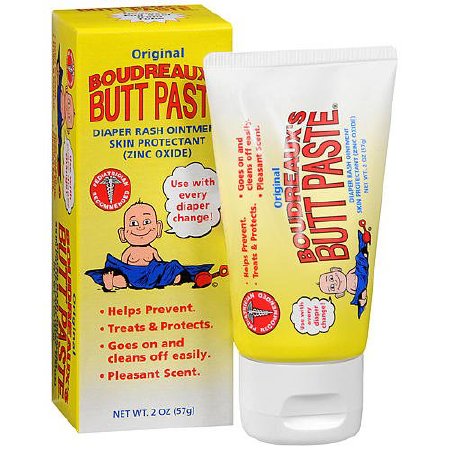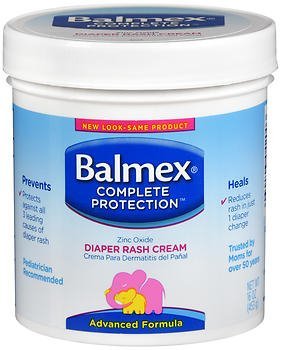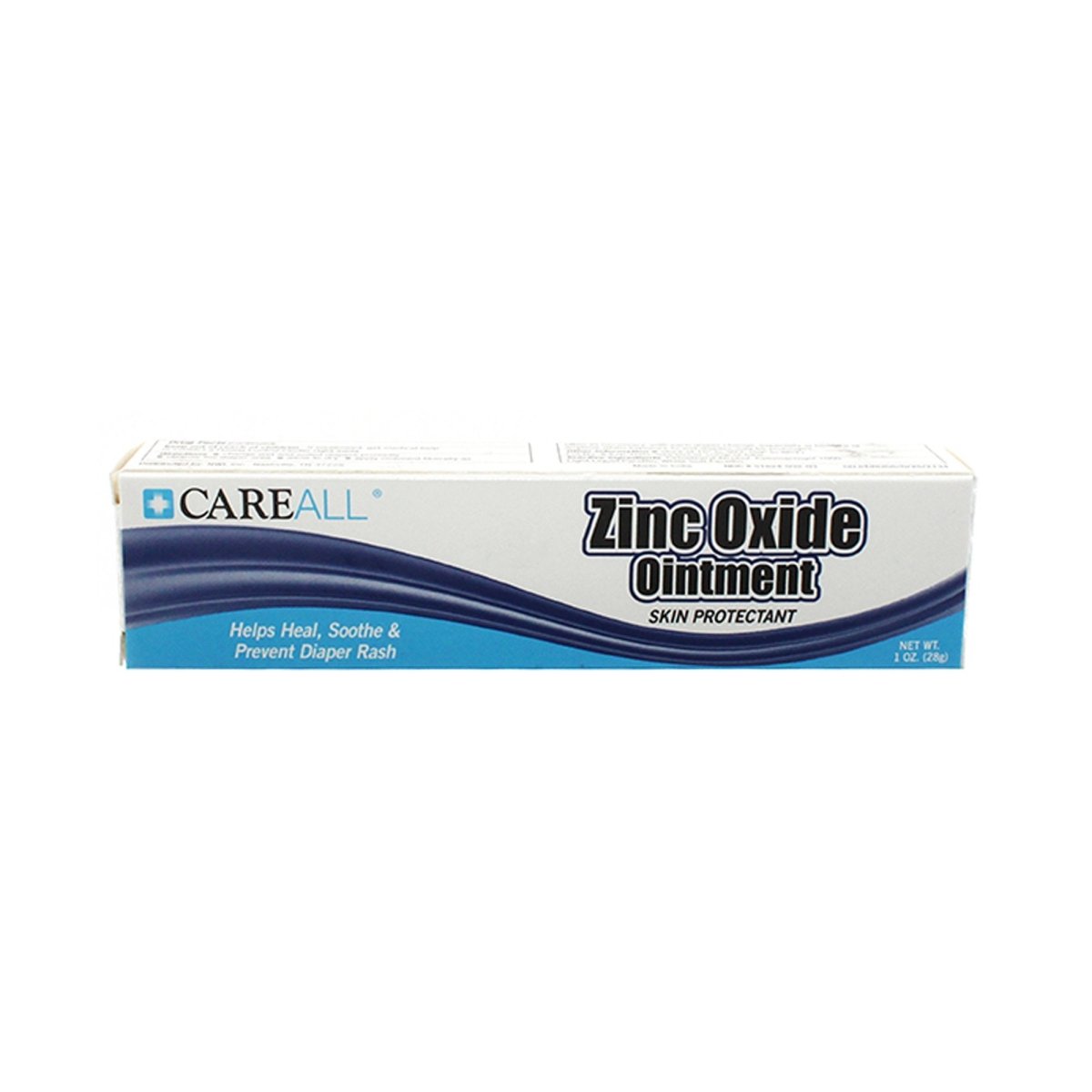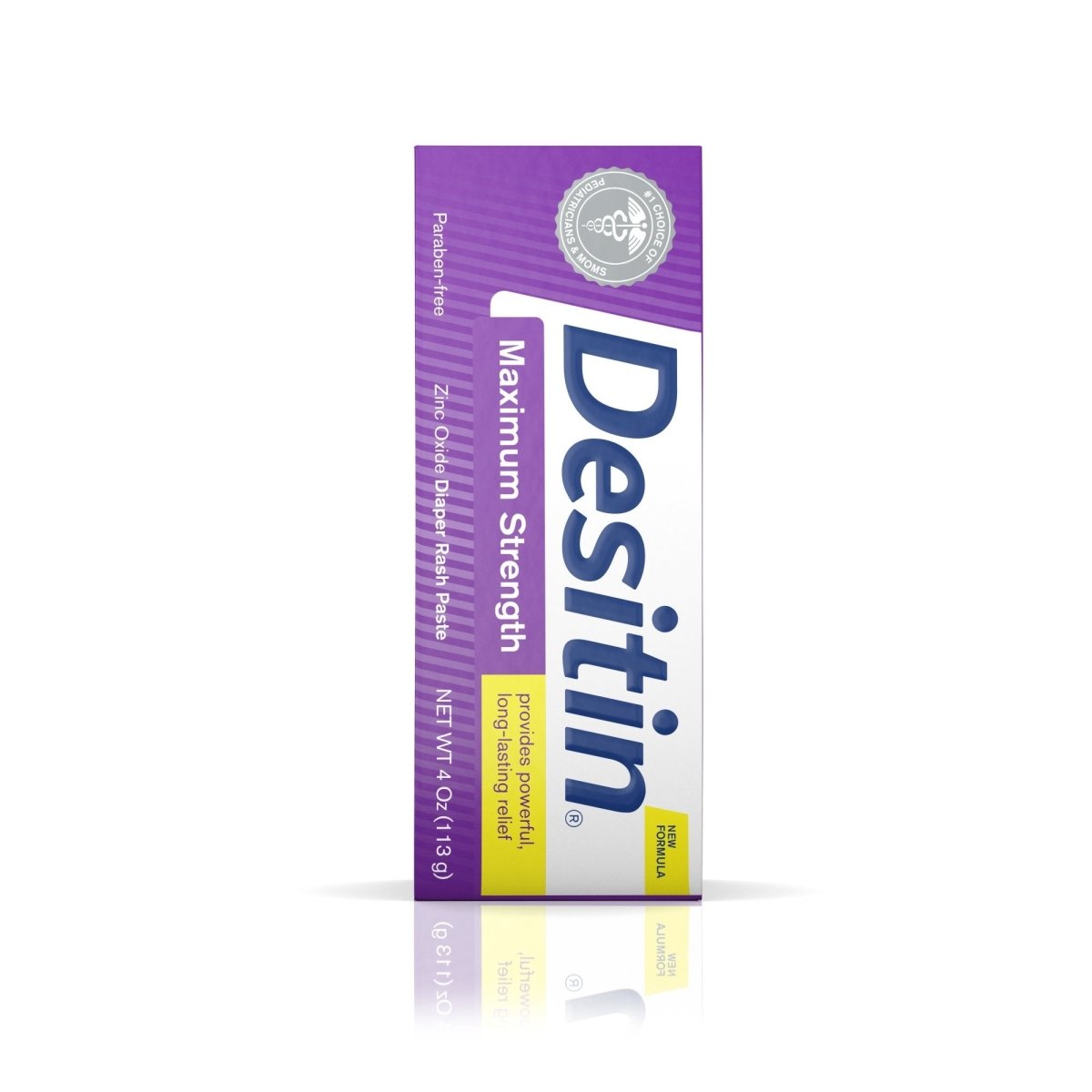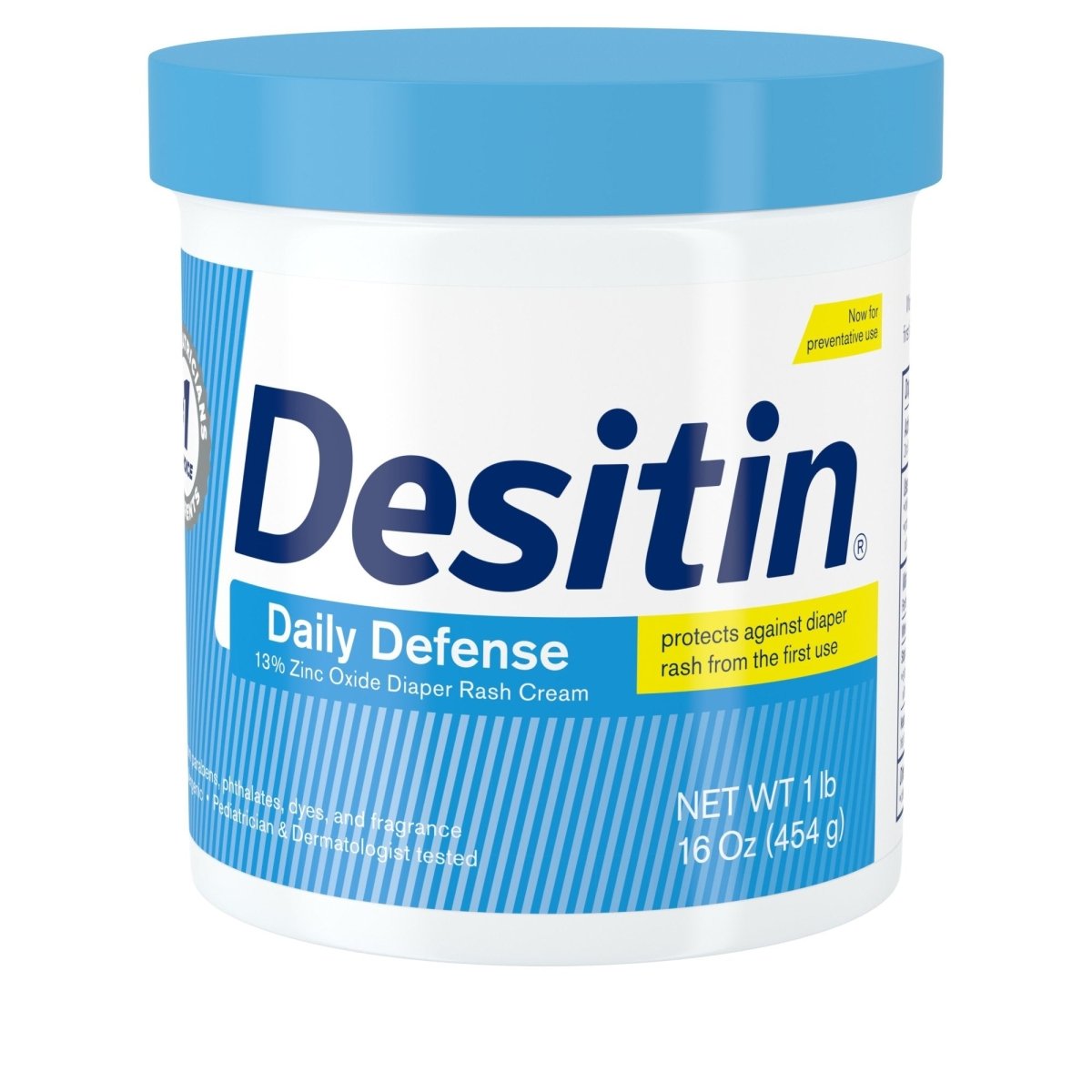Diaper rash is a common problem for infants and young children, and can cause discomfort, redness, and irritation of the skin. There are many different products available that can help to treat diaper rash and provide relief from symptoms.
Some examples of diaper rash treatments include:
- Diaper rash cream or ointment: These products are applied to the affected area to soothe and protect the skin. Diaper rash creams and ointments often contain ingredients such as zinc oxide, lanolin, or petrolatum to help protect against moisture and irritation.
- Diaper rash wipes: These wipes are designed to clean and refresh the skin without causing irritation. Some diaper rash wipes contain ingredients such as aloe vera or chamomile to help soothe and calm the skin.
- Air exposure: Allowing the affected area to air out can help to speed up the healing process and prevent further irritation. This can be done by allowing the child to go without a diaper for short periods of time, or by using absorbent diaper liners to keep the skin dry.
- Change diapers frequently: Keeping the skin clean and dry is an important part of preventing and treating diaper rash. Changing diapers regularly can help to prevent irritation and keep the skin healthy.
- Avoid scented products: Using unscented or hypoallergenic diapers, wipes, and creams can help to reduce the risk of irritation and allergic reactions.
Consult a healthcare provider:
In some cases, diaper rash may be caused by a fungal or bacterial infection, and may require treatment with an antifungal or antibiotic cream. If the rash does not improve with home remedies, it is important to consult a healthcare provider for further advice and treatment.
Frequently Asked Questions about Diaper Rash Treatment
Do you still have questions about Diaper Rash Treatment?
If we still haven't answered your question, you can contact us by phone or email and we will get back to you as soon as possible.

